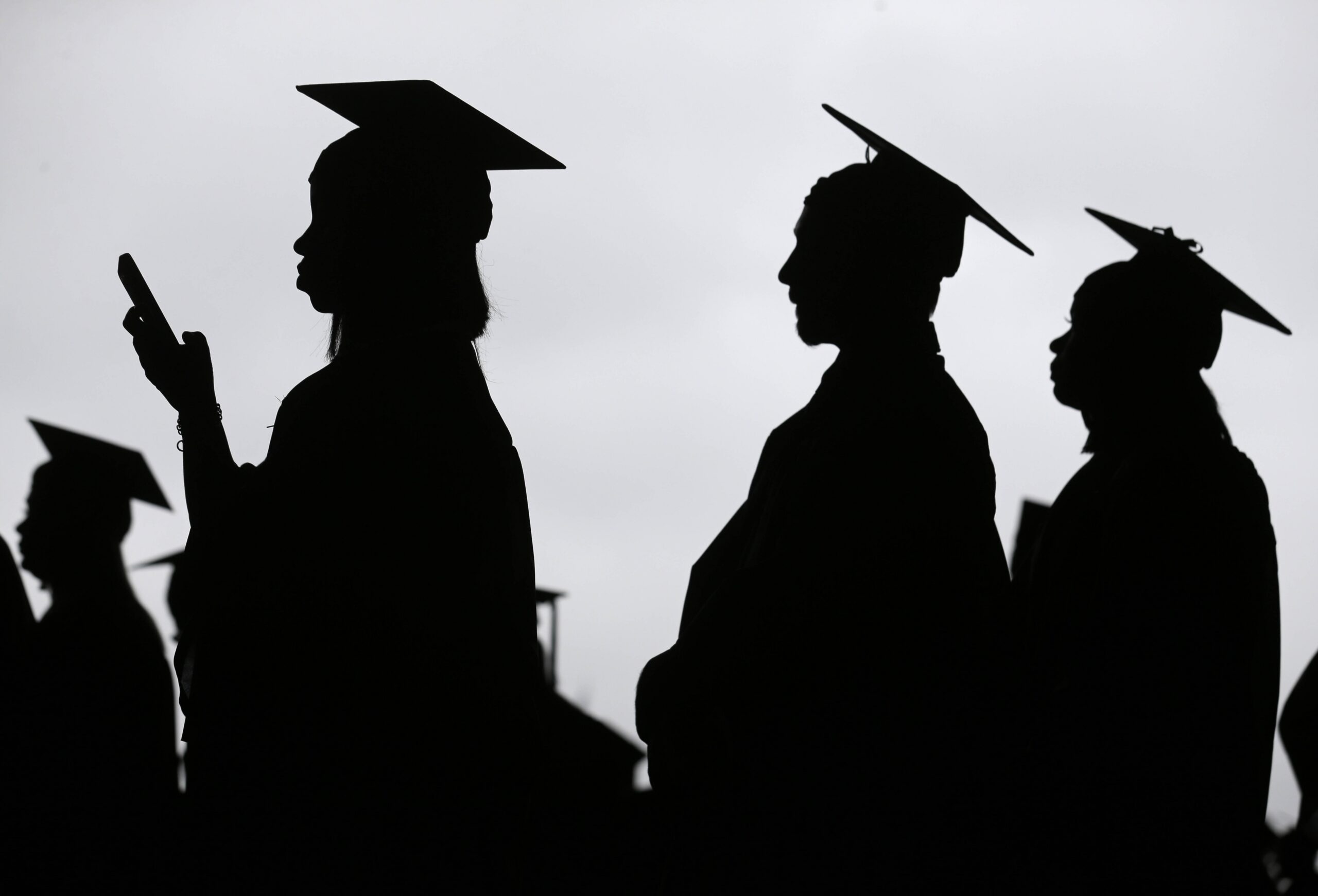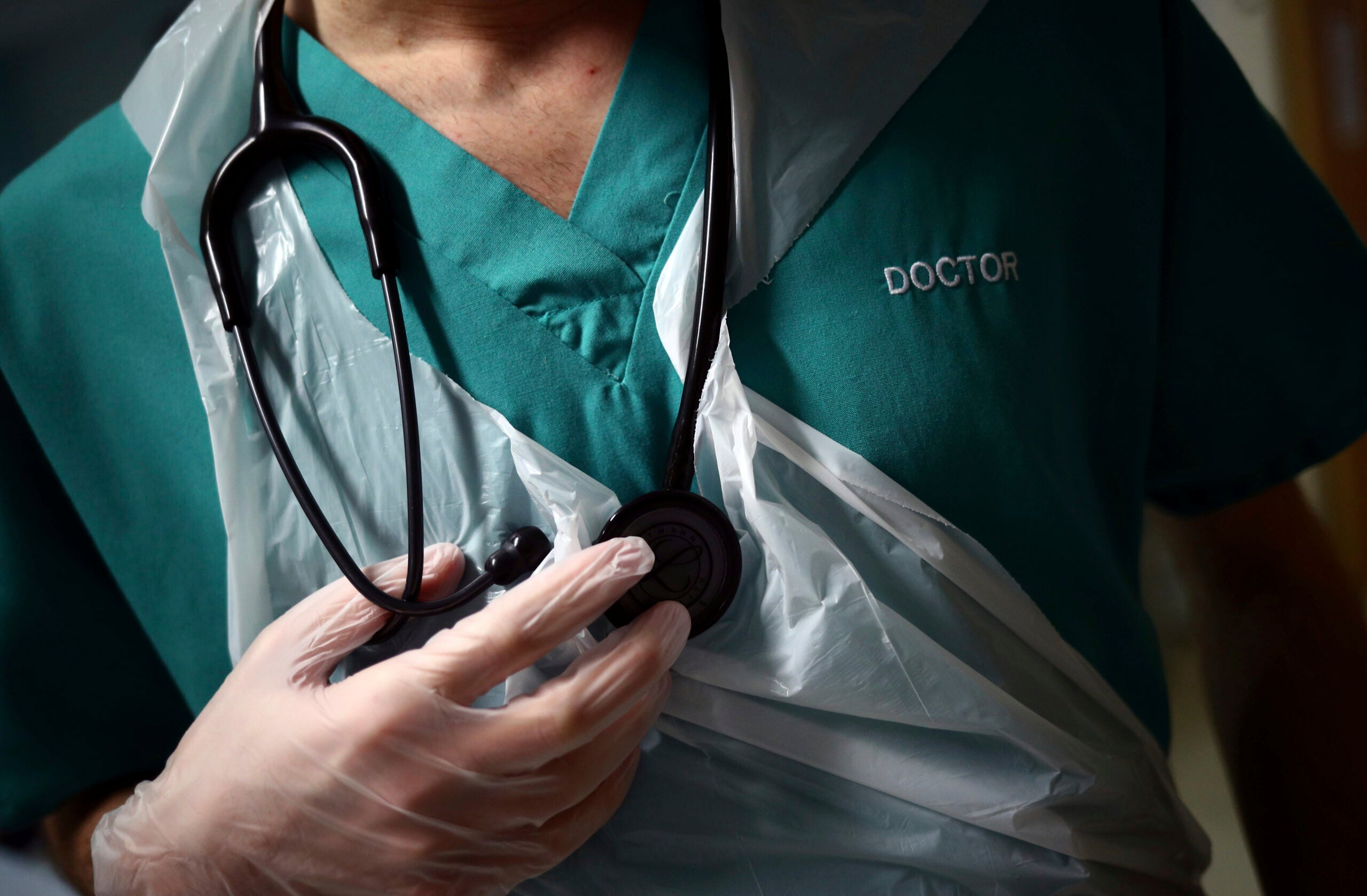More than 685,000 Wisconsinites will be impacted after the U.S. Supreme Court struck down President Joe Biden’s plan to cancel up to $20,000 in student loan debt for some individuals. Over the past year, the amount owed by Wisconsin borrowers has grown by $500 million.
In a 6-3 vote, the court’s conservative majority ruled the president and his U.S. Department of Education Secretary did not have authority under the law to cancel $430 billion in student loan debt without the approval of Congress.
In August 2022, Biden issued an executive order canceling up to $20,000 in federal loan debt for borrowers who received need-based Pell Grants during their collegiate careers if they make less than $125,000 per year. For students who did not qualify for the Pell program, up to $10,000 in debt would be forgiven for those falling under the same income cap.
News with a little more humanity
WPR’s “Wisconsin Today” newsletter keeps you connected to the state you love without feeling overwhelmed. No paywall. No agenda. No corporate filter.
The administration argued the federal HEROES Act, passed after the Sept. 11, 2001 terror attacks in New York gives the education department authority to cancel the debt during a national emergency, like the one declared for the COVID-19 pandemic.
The Supreme Court’s majority was not convinced.
“We hold today that the Act allows the Secretary to ‘waive or modify’ existing statutory or regulatory provisions applicable to financial assistance programs under the Education Act, not to rewrite that statute from the ground up,” wrote Chief Justice John Roberts.
In her dissent, Justice Elena Kagan said Congress authorized the forgiveness plan, the education secretary put it into action and the president would have been accountable “for its success or failure.”
“But this Court today decides that some 40 million Americans will not receive the benefits the plan provides, because (so says the Court that assistance is too ‘significant,’)” Kagan wrote.
In a Friday tweet, Republican U.S. Rep. Mike Gallagher championed the ruling and said Biden’s “student loan bailout was reckless and unlawful.”
“For years, Congress has stood idly by as the Executive Branch has expanded its authorities and used radical interpretations of the law to bypass Congress,” Gallagher said.
The latest data from the U.S. Department of Education shows the amount of student loan debt held by Wisconsin residents has grown by $500 million in the year since Biden announced the forgiveness program. There are also 20,500 additional people with student debt since August 2022.
For graduates completing bachelors degrees from University of Wisconsin System schools, their average debt is $24,863 according to system data. Graduates from UW-Milwaukee had the highest average debt, at $27,443. Graduates from UW-Green Bay had the lowest average debt, at $21,712.
Following Biden’s announcement last August, the Department of Education said the vast majority of Wisconsin borrowers — 685,100 — would qualify for some level of loan forgiveness under the president’s plan.
Federal student loan payments will resume in October, following a three-year pause initiated by former President Donald Trump and continued by Biden.
Nicholas Hillman is the director of the Student Success Through Applied Research lab at UW-Madison. He said there were thousands of borrowers behind on payments when they were suspended in March 2020.
“So during this pause, we’ve had kind of an artificial view of the significance of student loan repayment,” Hillman said. “And now we’re going to turn the system back on here in a few months, and we’re going to have the same exact problems all over again.”
When borrowers default, the federal government can garnish wages, withhold public benefits and block other forms of financial aid, Hillman said. Those repercussions hit people who are already struggling economically, he said.
“In Milwaukee, for example, some of the highest default rates in the country are in some of the zip codes in Milwaukee that have the highest percentage of people of color,” Hillman said.
Data from the Federal Reserve Bank of New York shows more than 20 percent of borrowers in Milwaukee zip codes with a majority of residents who are people of color had defaulted on loans as of 2019.
The only cities with higher default rates were St. Louis and Detroit.
In contrast, the just more than 5 percent of borrowers from majority-white zip codes in Waukesha and West Allis were in default that year.
Hillman said a majority of all borrowers who go into default haven’t finished college. Data from the Urban Institute shows 69 percent of all Wisconsinites with student loan debt haven’t completed a four-year degree. The share grows to 78 percent for people from communities of color.
Wisconsin Public Radio, © Copyright 2026, Board of Regents of the University of Wisconsin System and Wisconsin Educational Communications Board.




